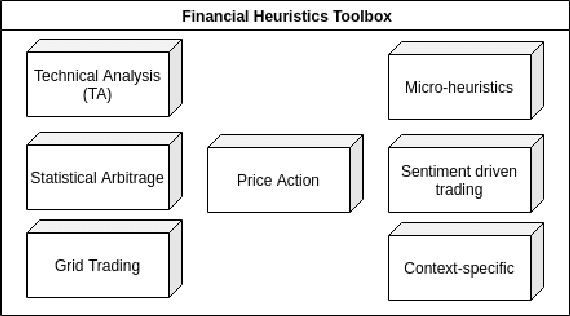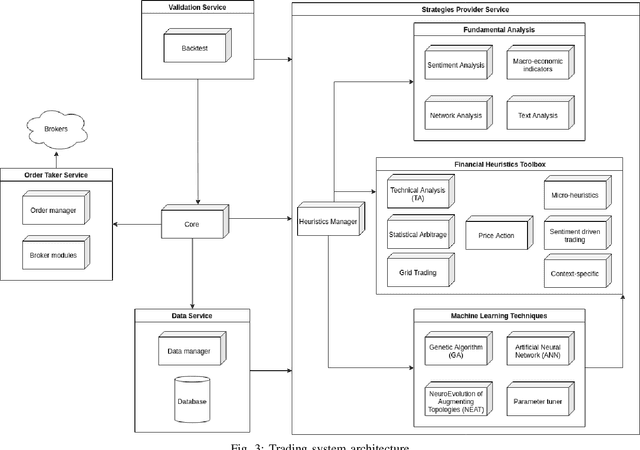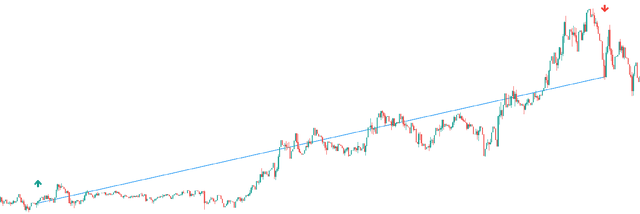Federico Zappone
Integrating Heuristics and Learning in a Computational Architecture for Cognitive Trading
Aug 27, 2021



Abstract:The successes of Artificial Intelligence in recent years in areas such as image analysis, natural language understanding and strategy games have sparked interest from the world of finance. Specifically, there are high expectations, and ongoing engineering projects, regarding the creation of artificial agents, known as robotic traders, capable of juggling the financial markets with the skill of experienced human traders. Obvious economic implications aside, this is certainly an area of great scientific interest, due to the challenges that such a real context poses to the use of AI techniques. Precisely for this reason, we must be aware that artificial agents capable of operating at such levels are not just round the corner, and that there will be no simple answers, but rather a concurrence of various technologies and methods to the success of the effort. In the course of this article, we review the issues inherent in the design of effective robotic traders as well as the consequently applicable solutions, having in view the general objective of bringing the current state of the art of robo-trading up to the next level of intelligence, which we refer to as Cognitive Trading. Key to our approach is the joining of two methodological and technological directions which, although both deeply rooted in the disciplinary field of artificial intelligence, have so far gone their separate ways: heuristics and learning.
 Add to Chrome
Add to Chrome Add to Firefox
Add to Firefox Add to Edge
Add to Edge